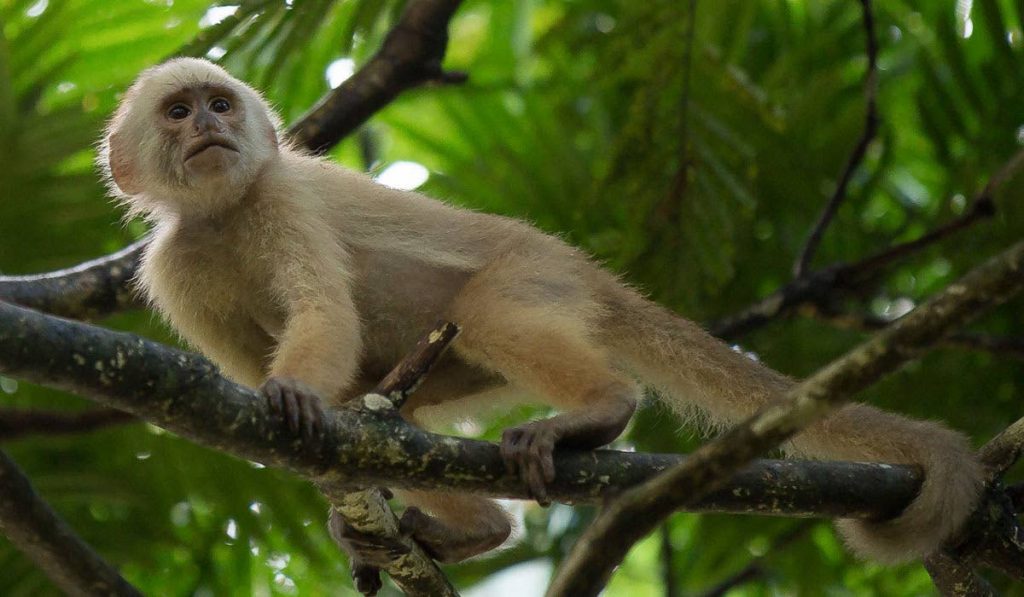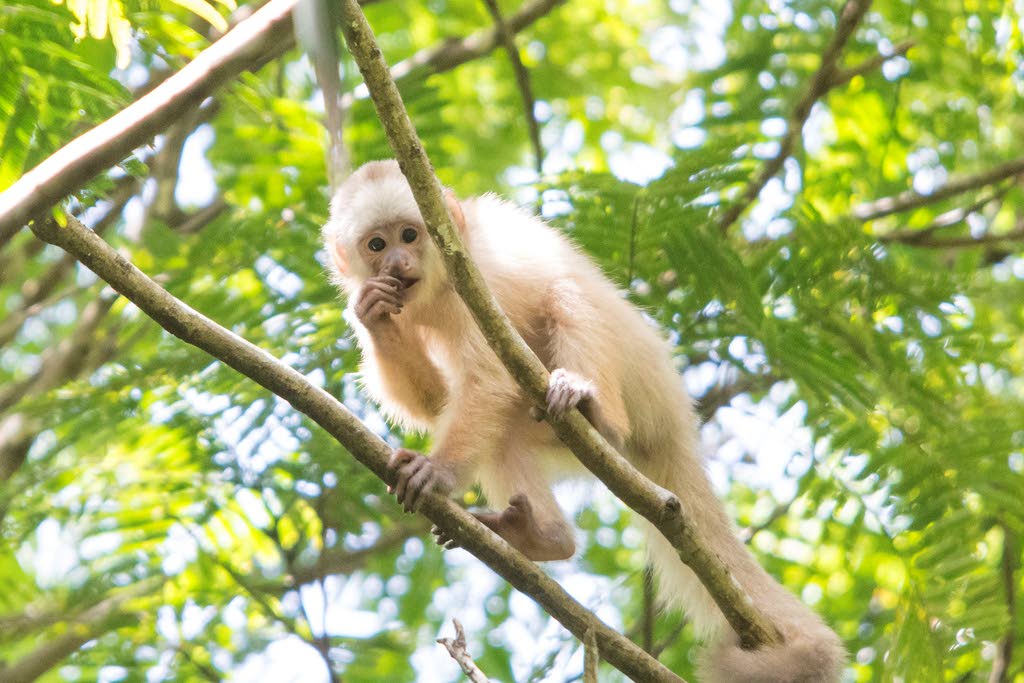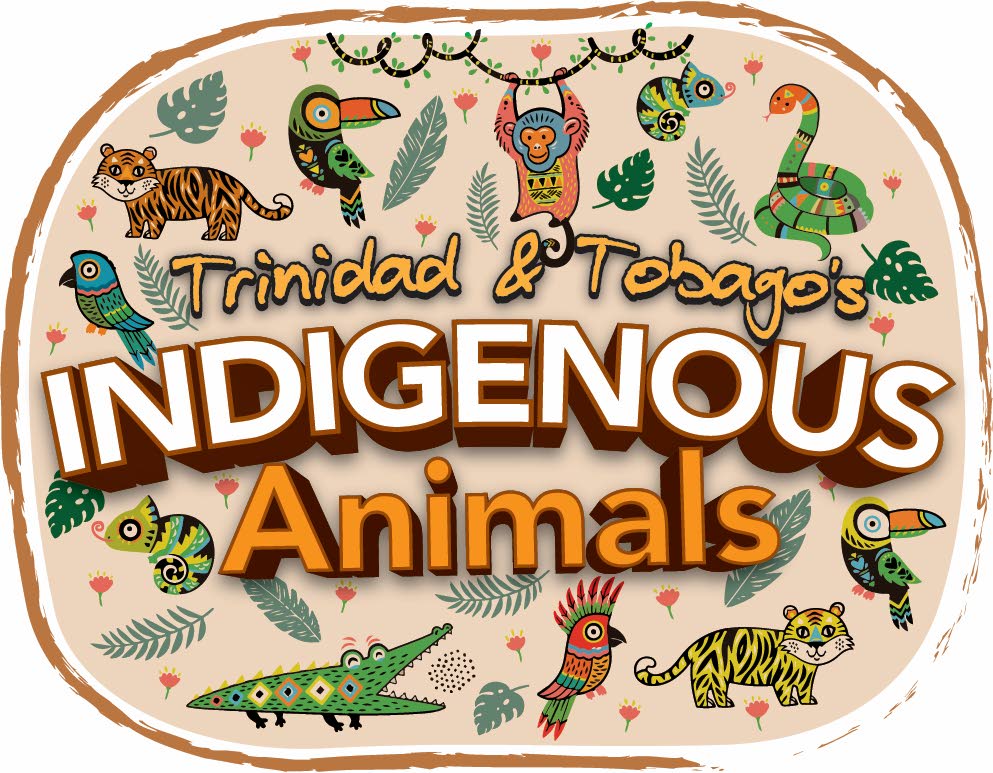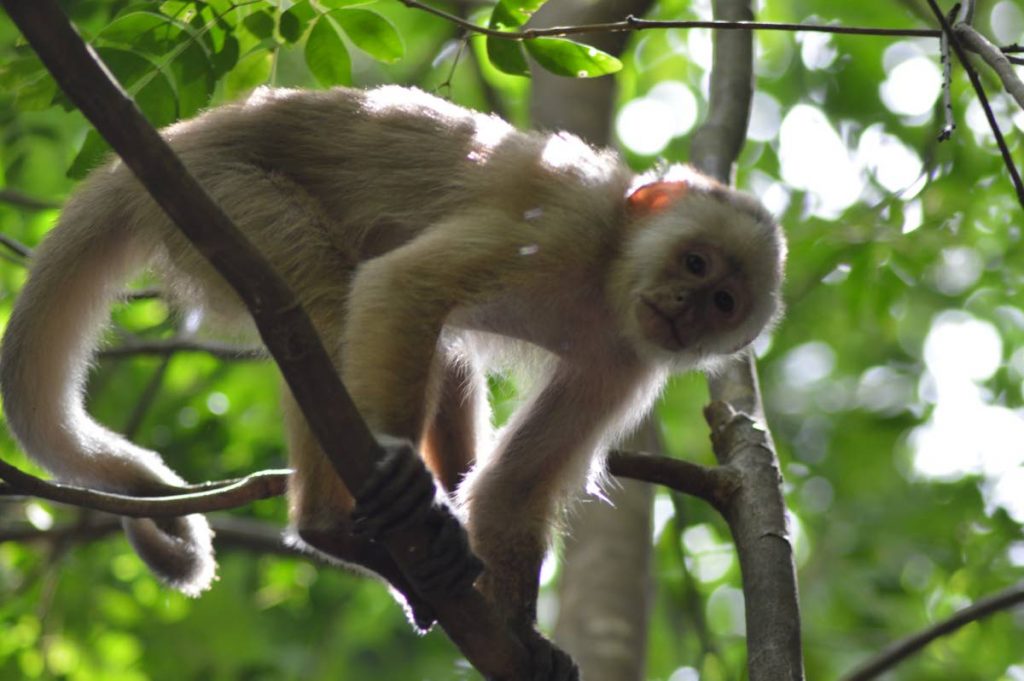What makes Trinidad's white-fronted capuchins different from South America's

White-fronted capuchin monkeys are found in the rainforests of South American countries like Brazil, Colombia and Venezuela.
But did you know that they also call Trinidad home?
While you can find them here, it’s important to note that Trinidad’s white-fronted capuchins are different in some ways from those found in South America.
Newsday Kids spoke to Ricardo Meade – the founder of the El Socorro Centre for Wildlife Conservation in Freeport – about the capuchins in Trinidad.
“The white-fronted capuchins found in South America have the scientific name
Cebus albifrons, while those found in Trinidad have the scientific name
Cebus albifrons trinitatis," he explained.

“This means that what we have in Trinidad is a considered a subspecies of the ones found in South America.”
So you may be wondering, what does all this mean?
Well, firstly, it’s important to know that Trinidad was once connected to the South American mainland but broke off thousands of years ago.
Some animals, like the white-fronted capuchin, would have survived on the new island.
But given that the capuchins remaining in Trinidad were isolated from those in South America for thousands of years, they would developed unique characteristics of their own, which make them a subspecies.
Researchers are still learning more about how Trinidad’s capuchins differ from those in South America, but one noticeable difference is their colour.

Meade told Newsday Kids, “Trinidad’s capuchins are easily identifiable from those found on the South American mainland, as they are almost completely blond, with a pink face.”
Though they differ in some ways, one thing Trinidad’s capuchins share with those in South America is their intelligence.
“They are extremely intelligent animals with one of the largest brain-to-body ratios in the entire animal planet, which means they have big brains.
“They are very curious animals and they learn to adapt to changes in their environments.
“Their hands are also dexterous and they can do complex tasks using their fingers.”
Meade said it is also believed that some capuchins in Trinidad have even developed their own version of “farming.”
They have been observed to take the fruits from cannonball trees – trees which produce a fruit looking like a small cannonball – and throw them to the ground.
They then leave the fruit on the ground to grow fungi which then attracts insects that are eaten by the capuchins.

Apart from insects, these capuchins love fruit. Research has revealed they have a tough tooth enamel which makes it easier for them to crack tough fruits and nuts.
While being a subspecies makes Trinidad’s capuchins unique, it has also made their population numbers vulnerable. Because the number of capuchins in the wild in Trinidad is already naturally low, human threats like hunting and captivity for the pet trade can decrease their number even further.
So Meade is pleading with people not to hunt them or keep them as pets.
“Like all other monkeys, they do not make good pets, and they should be left in the wild.”


Comments
"What makes Trinidad’s white-fronted capuchins different from South America’s"